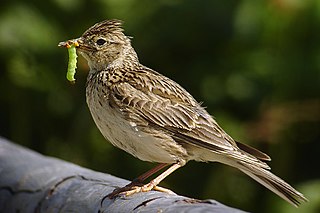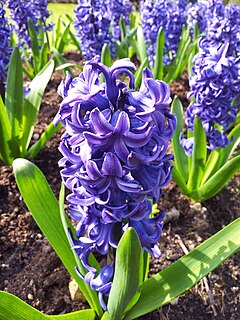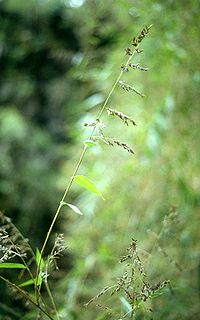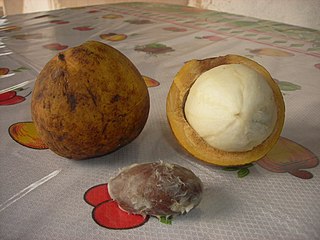This page is based on this
Wikipedia article Text is available under the
CC BY-SA 4.0 license; additional terms may apply.
Images, videos and audio are available under their respective licenses.
Virus classification is the process of naming viruses and placing them into a taxonomic system. Similar to the classification systems used for cellular organisms, virus classification is the subject of ongoing debate and proposals. This is mainly due to the pseudo-living nature of viruses, which is to say they are non-living particles with some chemical characteristics similar to those of life, or non-cellular life. As such, they do not fit neatly into the established biological classification system in place for cellular organisms.

Larks are passerine birds of the family Alaudidae. Larks have a cosmopolitan distribution with the largest number of species occurring in Africa. Only a single species, the horned lark, occurs in North America, and only Horsfield's bush lark occurs in Australia. Habitats vary widely, but many species live in dry regions.

The thrushes are a family, Turdidae, of passerine birds with a worldwide distribution. The family was once much larger before biologists determined the subfamily Saxicolinae, which includes the chats and European robins, were Old World flycatchers. Thrushes are small to medium-sized ground living birds that feed on insects, other invertebrates and fruit. Some unrelated species around the world have been named after thrushes due to their similarity to birds in this family.

Traditionally, the bird order Apodiformes contained three living families: the swifts (Apodidae), the treeswifts (Hemiprocnidae), and the hummingbirds (Trochilidae). In the Sibley-Ahlquist taxonomy, this order is raised to a superorder Apodimorphae in which hummingbirds are separated as a new order, Trochiliformes. With nearly 450 species identified to date, they are the most diverse order of birds after the passerines.

Gavialidae is a family of reptiles within the order Crocodilia. Gavialidae have conventionally consisted of only one surviving species, the gharial, which is native to India and Nepal. Many extinct species are also known. The false gharial has usually been thought to be a member of the family Crocodylidae based on several characters including skull morphology, but has sometimes been viewed as a member of this family due to general similarities in morphology and habit. However, numerous molecular studies have consistently shown the two species to be very closely related, supporting the view that they are in the same family.

The Clusiaceae or Guttiferae Juss. (1789) are a family of plants including 13 genera and ca 750 species,. Several former members of Clusiacae are now placed in Calophyllaceae and Hypericaceae. They are mostly trees and shrubs, with milky sap and fruits or capsules for seeds. The family is primarily tropical. More so than many plant families, it shows large variation in plant morphology. According to the APG III, this family belongs to the order Malpighiales.

Hyacinthus is a small genus of bulbous, fragrant flowering plants in the family Asparagaceae, subfamily Scilloideae. These are commonly called hyacinths. The genus is native to the eastern Mediterranean.

Chusquea is a genus of evergreen bamboos in the grass family. Most of them are native to mountain habitats in Latin America, from Mexico to southern Chile and Argentina.

Montrouziera is a genus of shrubs to large trees in the family Clusiaceae, endemic to New Caledonia. As usual in the Clusiaceae, species of this genus are known to contain xanthonoids. Montrouziera is related to the South American genus Platonia. Locally known as "houp", this genus was named after Xavier Montrouzier.

Moronobea is a plant genus of the family Clusiaceae. They are glabrous medium to large trees with yellow latex. The genus comprises 7 species, native to South America, 5 of which are in Venezuela. It is related to Platonia and Montrouziera.

The genus Cathartes includes medium-sized to large carrion-feeding birds in the New World vulture (Cathartidae) family. The three species currently classified in this genus occur widely in the Americas.

Quirinus is venerated as an early bishop of Sescia, now Sisak in Croatia. He is mentioned by Eusebius of Caesarea.

Chattanooga Sugar Babe is an album of American musician Norman Blake, released in 1998.
P. insignis may refer to:
P. esculenta may refer to:
José Aguirre de Achá was a Bolivian writer, politician and lawyer from Cochabamba. He was active as a lawyer during the 1898 revolution and later served as Minister of Education. He was also a diplomat to Colombia, Venezuela and Ecuador.












